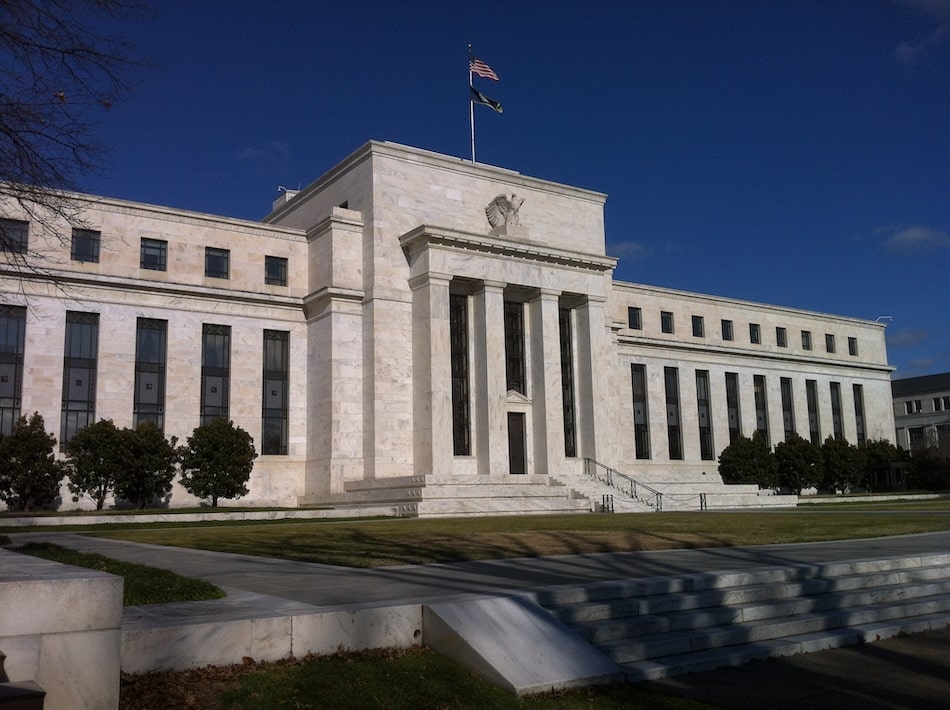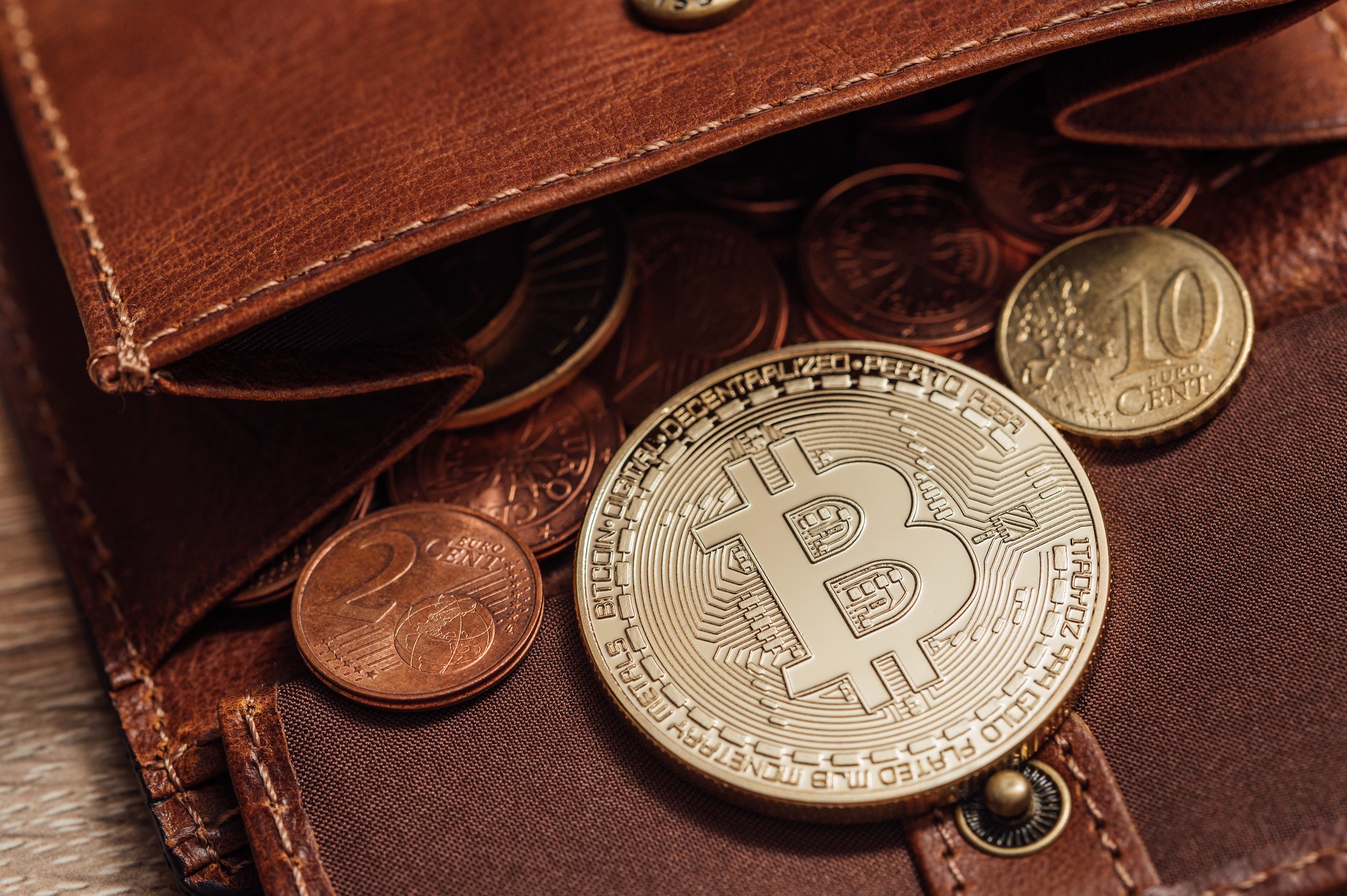
The Federal Reserve has announced a significant shift in its approach to bitcoin and other digital asset firms, eliminating reputational risk considerations from bank supervision.
This move, revealed by Vice Chair for Supervision Michelle Bowman at the Wyoming Blockchain Symposium on August 19, aims to address the longstanding issue of banks debanking bitcoin businesses due to unclear and conflicting regulatory standards.
Fed signals policy reversal
Bowman stated that, as of late June, the central bank no longer factors reputational risk into its oversight, clearing the way for financial institutions to serve legally compliant digital asset companies. She commented:
“Your industry [crypto] has already experienced significant frictions with bank regulators applying unclear standards, conflicting guidance, and inconsistent regulatory interpretations.”
Banks are now assured that serving bitcoin-related businesses will not result in penalties, as customer selection decisions are to be made by bank management, not regulators.
Bowman also emphasized the Fed’s move away from its previous “overly cautious mindset” toward blockchain and digital assets.
Regulatory framework and principles
Bowman outlined a new four-principle framework: regulatory certainty, tailored regulation for individual use cases, strong consumer protection, and promoting American competitiveness.
She stressed the need for clear standards so banks and bitcoin companies can innovate without fear of unpredictable scrutiny.
Integration of technology and supervision
The Fed will reintegrate its “novel supervision” activities into its regular examination staff, normalizing oversight of banks’ digital asset initiatives.
Bowman suggested Federal Reserve staff may hold small amounts of digital assets to better understand blockchain technology.
She highlighted the efficiency gains from tokenization and noted the recent passage of the GENIUS Act, which positions stablecoins as important to the US financial system.
Industry engagement encouraged
Bowman called for ongoing dialogue between the digital asset sector and regulators to ensure frameworks keep pace with technological innovation.
She concluded that innovation and regulation can be mutually reinforcing, paving the way for a modernized financial system.



